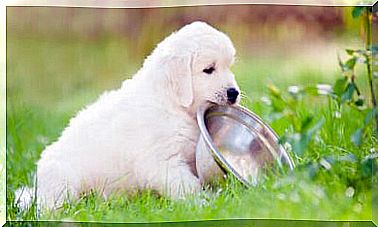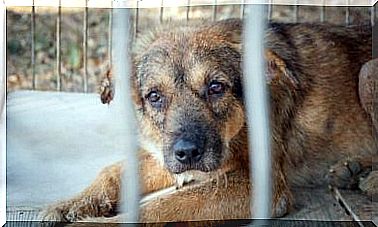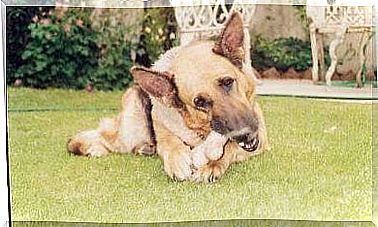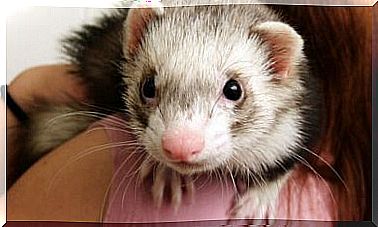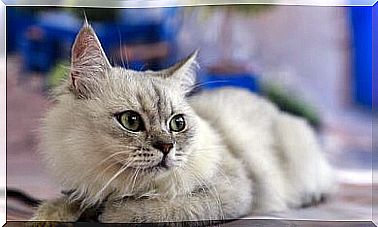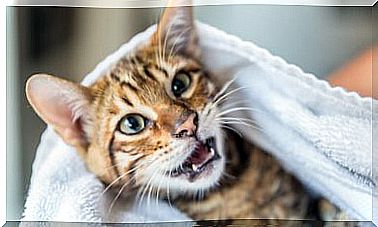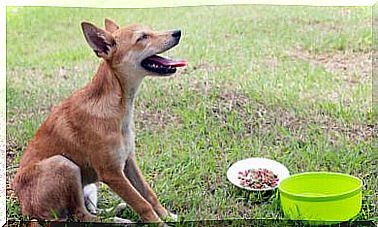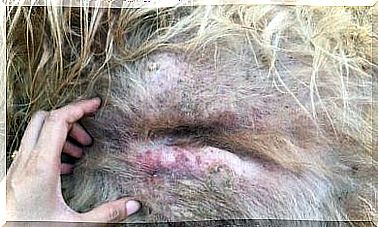Insects As Pets: An Anthill In The House

When one thinks of a pet, generally, the image that comes to mind is that of a dog or a cat. Other people also keep birds, rodents, fish, or even reptiles indoors. Did you know that it is possible to have an anthill in the house?
You got it right: we are talking about the idea of keeping ants as pets. In this article we will explain why it is a good idea to choose these little animals and how to set up an ant farm suitable for this purpose.
Can an anthill be kept in the house?
Ants are probably the best known insects in the world. They have always fascinated the man who studies their incredible activity, their organization and social hierarchy. The problem is that, living underground, it is very difficult to really see how they behave in their everyday life.
If you also like these insects, you can set up an anthill inside the house. In this way, you will be able to observe, firsthand and closely, how their society develops and grows. You will witness the construction of tunnels, how they organize the spaces in which they eat, live or throw out the garbage. A show that has enormous didactic importance and that does not create any disturbance to these hardworking and very efficient animals.
Creating a home anthill is easy and inexpensive. There are specialized stores that sell ready-made kits with different materials that you can assemble without too much difficulty. If, on the other hand, you are an expert, with the right materials it is a little more time, you can create a work that is perhaps less refined but more original and fun. The aim is simple: to create a miniature ecosystem for your ants.
Whether you decide to rely on the kit or if you want to make one yourself, before starting to work on your anthill, it is good that you inform yourself well on what to do. The same shops will guide you not to make mistakes and, in addition, on the Internet you will find many articles and videos to respect.
An anthill at home: didactic aspects
An anthill can become a very interesting educational project for your children or even for an entire class of pupils. It does not require too much attention and to help the ants, you will only have to provide them with food, from time to time. These insects independently carry out all the cleaning and maintenance work of their colony. By observing how they move, how they work and develop the anthill, children will be able to learn many interesting things. It can be a great teaching experience for any kid.
First, you’ll need to get the ants. Move them gently up to your home anthill, a few dozen are enough to start building an anthill. You will be amazed by the way they reproduce and organize themselves in a practically perfect way.
Apart from the fun of building something manually, being able to set up an anthill at home has a very high educational value. First, you will teach the little ones of the house to respect the lives of even the smallest beings, as well as those of the largest and most common animals, such as mammals. Furthermore, you will stimulate their curiosity towards the animal universe, providing them with knowledge and practical demonstrations of how varied and interesting life on planet Earth can be.
How to set up an anthill at home
There are two ways to create an anthill in your home:
- Purchase a ready-to-assemble kit in a specialized shop.
- Build one from scratch, using typical DIY materials .
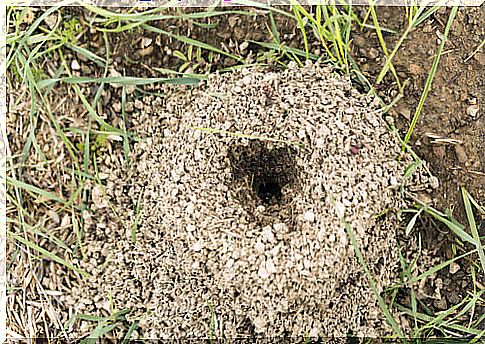
Regardless of how you want to create your home anthill, there are essential elements that should never be missing. Let’s see what they are in this list:
- A container suitable for containing the anthill. There are large and small ones, deep or flat. To observe the work of the ants, at least one of the walls of the container must be transparent.
- Prepare a ground of sand or earth in which the ants can live and dig their tunnels. They like wet substrates they can dig into. On sale you will also find special gels in which ants can live.
- Another crate, different, but connected to the anthill that will work for foraging. This is where your ants will go for food.
- A queen ant and worker ants from the same colony.
- Decorative elements. They are not necessary, but they will make the anthill more interesting.
- Something to cover the anthill with, since ants prefer to build in the dark, too much light can cause undue stress .
- A lid to keep the ants inside the anthill.
Feeding and maintenance of the anthill
Ants eat only moist, not solid foods. Any food you give them, such as sugar, honey or feed, must be diluted in water. They need protein to live, and you will therefore also provide them insects, seeds and special protein syrups for them.
Food will need to be left in the foraging box. Being humid, mold can form. To avoid this, remove and change this food the day after adding it.
Sunlight is harmful to larvae and pupae. The anthill must remain covered in the dark for several hours a day and must stay out of direct sunlight. In nature, ants make their tunnels underground and never seek sunlight.
At the same time, avoid placing the anthill in very cold or very hot places, such as next to a radiator or window.
It may seem like an extravagant option to choose insects as pets, but an ant colony will allow you to have a fun, original, educational and age-appropriate experience.
